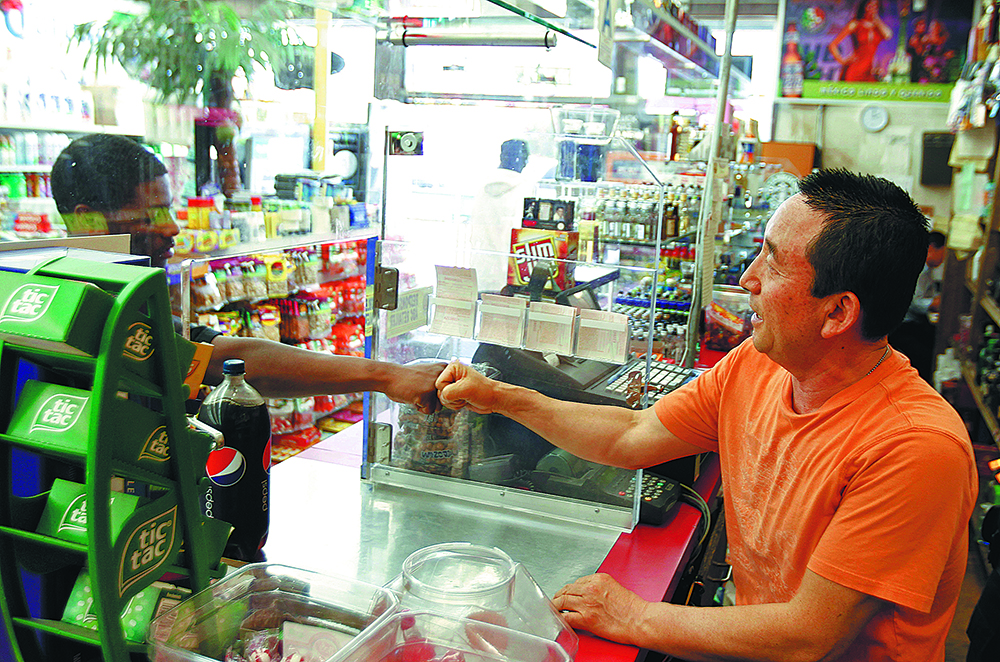White supremacy's deadly game with minorities


Violence between Asian and black communities seen stemming from racist power structure in US
On the afternoon of April 29, 1992, Scott Kurashige, a Japanese-American student at the University of California, Los Angeles, was taking a class with his mentor, a Korean-American professor of anthropology and Asian-American studies. The topic that day was relations between the Korean and African-American communities.
"That's how close I was to it," said the 52-year-old, referring to what's known today as the 1992 Los Angeles Riots. They broke out that afternoon when groups of black people started to gather in the city's metropolitan area to attack, loot and torch stores, the majority of which were owned by Korean immigrants.
Over the next five days, residents of what's known as Los Angeles' Koreatown watched with horror the ravaging of their properties and, some would say, the collective memory of Koreans as a community in the United States. Sixty-three deaths and $1 billion in losses were recorded before order was restored.
Some attackers said they were avenging the death of Latasha Harlins, a 15-year-old African American, fatally shot in March the previous year by Soon Ja Du, a Korean-American liquor store owner who accused the girl of stealing — a highly provocative charge that, when directed at a black person, is often associated with strong racial biases.
In November 1991, a white judge sentenced Du, found guilty of voluntary manslaughter, to five years' probation, while handing out a $500 fine and ordering him to do 400 hours of community service. The black community was enraged as people spoke of a miscarriage of justice.
Anger was building up, yet the cap on the racial powder keg wasn't blown away until six months later. Then, on that fateful day, April 29, 1992, a jury in a California county court pronounced four white police officers not guilty of assault in the brutal assault of a black man they arrested for drunken driving in Los Angeles. The beating of Rodney King, an incident captured in film footage that shocked a nation, took place just 13 days before the death of Harlins.
"The LA Riots were and still are today framed as a black-Asian conflict. But the truth is: it didn't occur in a vacuum," said Kurashige. The professor of comparative race and ethnic studies at Texas Christian University describes his academic pursuit over the past three decades as "a direct response" to the incident that has extended way back into the history of Asian Americans in the country.


















